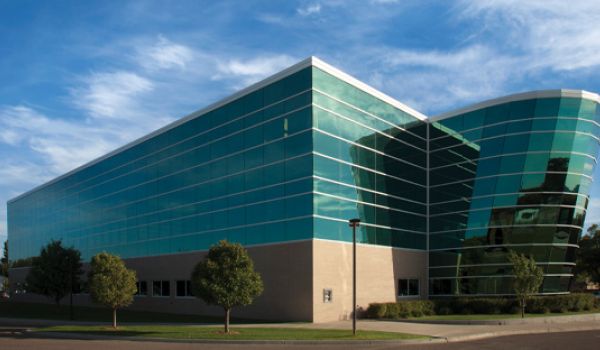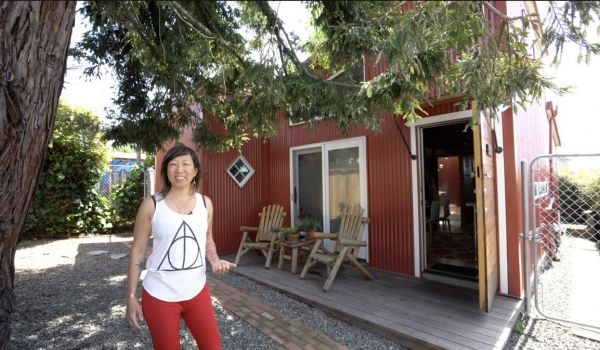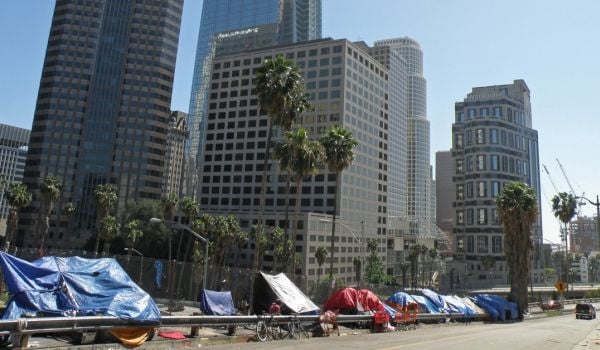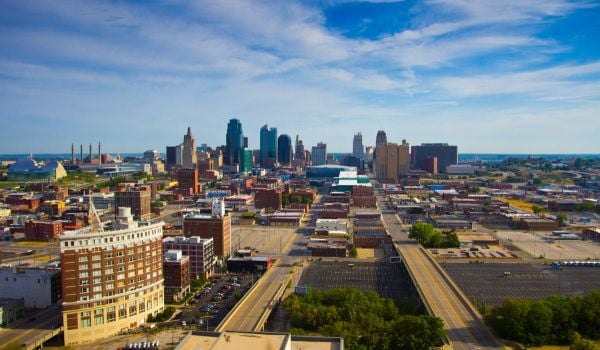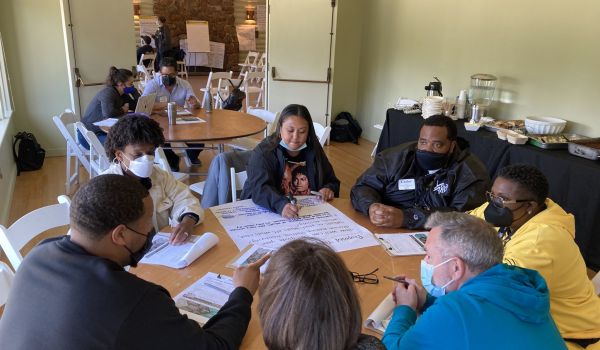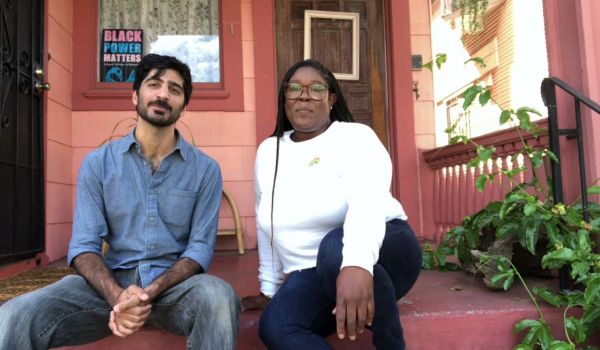by GABE CRANE
For the most part, there is nothing but positive things to say about Eastshore State Park. The East Bay Regional Park District and the state have partnered to create the 8.5-mile “necklace” of parkway, which has successfully preserved the East Bay shoreline and provided citizens with access to the bay. In that the parkland is largely the product of old landfills and city dumps, and runs through several distinct municipalities, the state park formed in 2002 is certainly “one of the most outstanding achievements in the history of open space protection,” as the EBRPD Web site boasts.
But in Albany, the park coalition is making a grave mistake. The Albany Bulb, which swells out from a long, thin “neck” of land nearly a mile into the San Francisco Bay, is slated to be incorporated into the park once the necessary funds become available. This, in and of itself, is not a bad idea. The problem lies in what that incorporation entails.
As it stands now, the Albany Bulb is a public space in the most progressive sense of the term. A landfill in its own right, rotting tires and mangled rebar still poke through the vegetation, and because of its relative isolation, policing has been nearly nonexistent throughout its history. The result has been a blank space in the landscape, beyond rules and urban order, in which a beautiful sort of anarchy has grown. The place has become one of the most popular off-leash dog sites in the area, and nature has reclaimed the old landfill. Most astonishingly, a rich collection of found art has developed out of the rubble, helping to form a creative energy that, in the Bay Area, has become alarmingly rare.
On the fill’s northern shore, a sculptor named Osha Neumann has built several huge sculptures from the driftwood found on site. Down the shoreline, a now defunct art group, SNIFF, has left a dozen or so swirling, psychedelic paintings on planks of peeling wood. And at the fill’s southwest tip, a paranoid schizophrenic named “Mad” Mark (who also calls the Bulb his home) has built a 2-story cement “castle,” complete with parapets, arched window and a spiral stair. From the patio roof, visitors get a sweeping view of the bay, accompanied by a plaque that reads, “TO CALIFORNIA, HEART OF GOLD, LIVE UP TO
IT, LET GOOD TIME ROLL.”
The quality and audacity of these installations, and the reputation that precedes them, bring hundreds of visitors to the Bulb on any given weekend. And inspired by these larger projects, impromptu installations are constantly springing up, seemingly organically, from the ground. Part found art, part graffiti, part free love, the art at the Bulb is in constant evolution and mutation: a creative collective with free membership and rotating members. In its anonymity and access, it serves as an open invitation to create, and one need only look around to see how enthusiastically this invitation has been taken up. There is no doubt that the art at the Bulb is capable of inspiring awe. Yet it is awe not of the artist who created it so much as of the possibilities of the artist within. In that such inspiration comes not from the defacing of street signs or building facades, and instead from art beautifying what is, ultimately, a dump, it benefits not only the individual, but the civic environs we share.
That is all slated to change, if the Eastshore State Park and its interest groups get their way. As of now, the plan for the Bulb calls largely for a preservationist approach that would treat the place as any other state park: human impact will be minimized, dogs will be put on-leash and the art will be removed. According to Citizens for East Shore Parks (the environmentally minded group that fought for a shoreline park), and the East Bay Regional Park District and the state, such improvements are necessary to protect the natural habitat and make the park safe for all.
Essentially, the plan is to impose order on a place whose very power and vitality rests on disorder. And given the civilized world’s innate fear of anarchy, it is an entirely predictable approach. In its popularity and in its diversity of users, it is clear that the Bulb is much more than an ordinary park. But with its emphasis on preservation rather than free access and interaction, the state plan could reduce it to just that.
A better solution is eminently feasible. One need only look to the National Park Service’s recent decision to allow open-air fires at Ocean Beach to realize the diverse possibilities inherent in the term “park.” Here’s an idea: Incorporate the Bulb. Make it part of the Eastshore State Park. Protect it from the hands of developers and ensure its continued role as an open, public space. But then, let it stand exactly as it is, anarchic and beautiful and free. Sitting out there in the water, it isn’t harming anybody. If anything, it is providing more good than can fully be realized.
Born in 1969, when industrial dumping began, the Bulb is part testament to a different era. Now, in a Bay Area known not for free love as much as for a housing market most free lovers can’t afford, our handling of the Bulb is a further erosion of the values that once defined us. The eventual outcome for this public space will reflect the character of the time. If conserving the landfill means destroying the Bulb, perhaps in that plan there is more harm than good.
Gabe Crane is a writer for The Next American City, a nonprofit quarterly magazine. Find more stories about public space and the ways cities use them at www.americancity.org.

